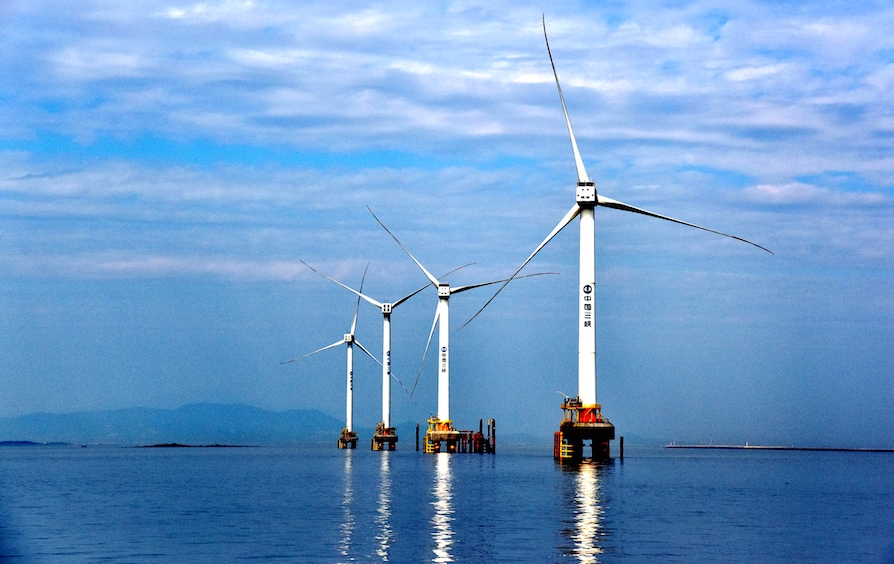China’s commitment to renewable energy has seen a significant boost in 2024, with joint ventures between Chinese and European companies leading the charge in offshore wind projects. These partnerships are helping China meet its ambitious clean energy goals while providing European firms with access to one of the world’s fastest-growing renewable energy markets.
Key Joint Ventures in Offshore Wind Energy
Several joint ventures have been formed between Chinese and European companies to develop offshore wind farms along China’s coastline. Goldwind, one of China’s largest wind turbine manufacturers, has partnered with Siemens Gamesa, a European leader in wind energy, to develop large-scale offshore wind farms in the South China Sea. This joint venture combines Goldwind’s local expertise with Siemens Gamesa’s advanced wind turbine technology, resulting in highly efficient and cost-effective energy production.
Another notable collaboration is between China Three Gorges Corporation (CTG) and EDF Renewables, the renewable energy arm of France’s EDF Group. Together, they are working on offshore wind projects off the coast of Jiangsu province, which is quickly becoming a hub for renewable energy development. These projects are expected to generate hundreds of megawatts of clean energy, contributing to China’s goal of reaching 1,200 gigawatts of wind and solar capacity by 2030.
Technological Innovation and Expertise Sharing
The joint ventures between Chinese and European firms have led to significant technological advancements in offshore wind energy. European companies bring cutting-edge turbine technology, including floating wind turbines, which are particularly well-suited for deep-water locations along China’s coast. These innovations enable the construction of wind farms in areas that were previously inaccessible, increasing the country’s renewable energy output.
In return, Chinese companies provide the local knowledge needed to navigate regulatory and logistical challenges, ensuring that projects are completed on time and within budget. The collaboration also fosters knowledge transfer between the two regions, improving the capabilities of Chinese companies to manage and maintain offshore wind farms.
Boosting China’s Renewable Energy Capacity
China’s offshore wind projects are a key component of its broader renewable energy strategy, which aims to reduce the country’s reliance on coal and cut carbon emissions. Offshore wind offers a significant advantage due to the higher wind speeds and consistent energy generation available at sea.
The joint ventures with European firms are critical for scaling up China’s offshore wind industry. By partnering with experienced European companies, China can accelerate the development of its offshore wind farms, helping the country meet its renewable energy targets faster than anticipated.
Environmental and Economic Benefits
In addition to the environmental benefits of reducing carbon emissions, offshore wind projects are creating economic opportunities in China. The construction and operation of wind farms require significant investment in infrastructure, creating jobs in coastal regions and boosting local economies.
Moreover, these projects are helping China position itself as a global leader in renewable energy technology. By exporting its wind turbine technology and expertise to other markets, China is building its reputation as a major player in the global green energy transition.
Conclusion
China’s joint ventures with European companies in offshore wind projects are playing a pivotal role in expanding the country’s renewable energy capacity. These partnerships combine technological innovation with local expertise, accelerating the growth of offshore wind energy in China. As the country continues its push toward carbon neutrality, joint ventures with European firms will remain a cornerstone of China’s renewable energy strategy.


